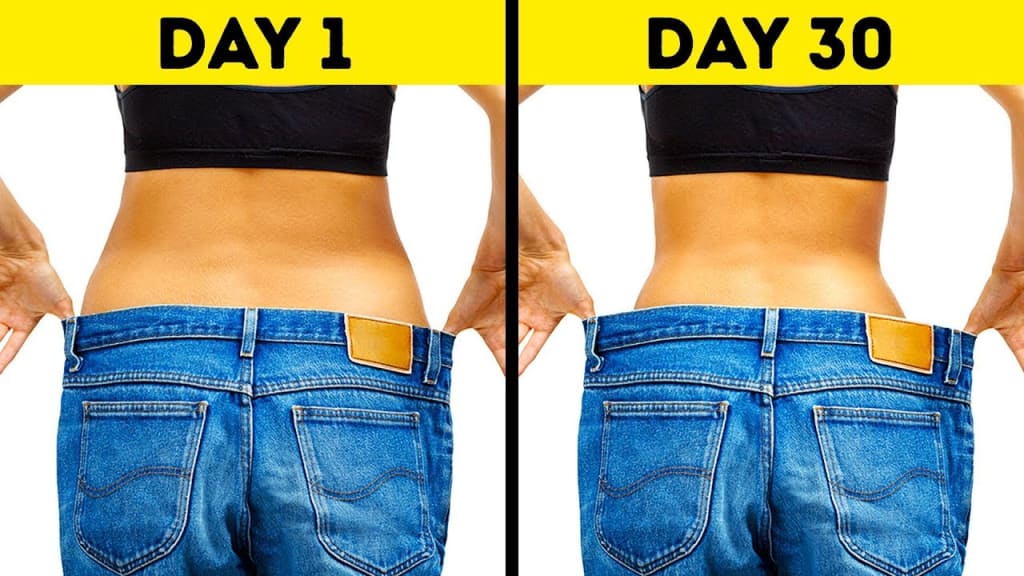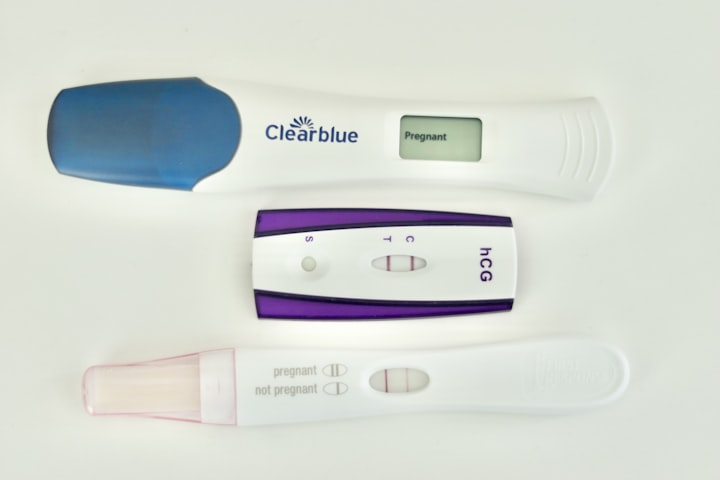
Losing weight can be a challenging task, but it is achievable with the right diet and exercise regimen. In this article, we will provide a 30-day weight loss diet plan that you can follow to achieve your desired weight loss goals.
Day 1-3: Eliminate Sugar and Processed Foods
The first step in any weight loss journey is to eliminate sugar and processed foods from your diet. These foods are high in calories, unhealthy fats, and sugar, which can lead to weight gain. Replace these foods with whole, nutrient-dense foods like fruits, vegetables, lean protein, and whole grains. This will not only help you lose weight but also improve your overall health.
Day 4-7: Increase Protein Intake
Protein is an essential nutrient that helps build and repair muscle tissue, which is important for weight loss. Incorporate high-protein foods like lean meats, fish, eggs, and legumes into your diet. Aim to have at least one serving of protein with each meal and snack.
Day 8-10: Reduce Carbohydrate Intake
Carbohydrates are an important source of energy, but consuming too many carbs can lead to weight gain. Try reducing your carbohydrate intake by limiting your intake of bread, pasta, rice, and other carb-heavy foods. Instead, focus on getting your carbs from fruits, vegetables, and whole grains.
Day 11-14: Eat More Fiber
Fiber is important for weight loss because it helps keep you feeling full and satisfied, which can prevent overeating. Increase your fiber intake by eating more fruits, vegetables, whole grains, and legumes. Aim to get at least 25-30 grams of fiber per day.
Day 15-17: Drink More Water
Drinking more water can help you lose weight by keeping you hydrated and flushing out toxins from your body. Aim to drink at least 8-10 glasses of water per day, and try to replace sugary drinks like soda and juice with water.
Day 18-21: Incorporate Healthy Fats
Healthy fats like those found in avocados, nuts, and seeds can help you feel full and satisfied, which can prevent overeating. Incorporate these healthy fats into your diet by adding them to salads, smoothies, and other meals.
Day 22-24: Reduce Sodium Intake
Consuming too much sodium can cause your body to retain water, which can lead to bloating and weight gain. Try reducing your sodium intake by avoiding processed foods and adding herbs and spices to your meals instead of salt.
Day 25-27: Plan Your Meals
Planning your meals ahead of time can help you stay on track with your weight loss goals. Take some time to plan out your meals for the week, and make sure to include plenty of healthy, nutrient-dense foods.
Day 28-30: Stay Active
Exercise is an important part of any weight loss plan. Try to get at least 30 minutes of moderate-intensity exercise per day, such as brisk walking, jogging, or cycling. You can also incorporate strength training exercises like weight lifting and resistance bands to build muscle and boost your metabolism.
In conclusion, following a 30-day weight loss diet plan can help you achieve your desired weight loss goals. By eliminating sugar and processed foods, increasing protein intake, reducing carbohydrate intake, eating more fiber, drinking more water, incorporating healthy fats, reducing sodium intake, planning your meals, and staying active, you can lose weight and improve your overall health. Remember to consult with a healthcare professional before starting any new diet or exercise regimen
In addition to the 30-day weight loss diet plan, it’s important to maintain a healthy lifestyle beyond the initial 30 days. This includes continuing to eat nutrient-dense foods, exercising regularly, getting enough sleep, and managing stress levels. Remember, weight loss is a journey, and it’s important to make sustainable changes that you can maintain in the long term. By making small changes to your diet and lifestyle, you can achieve your weight loss goals and improve your overall health and wellbeing.






Comments
There are no comments for this story
Be the first to respond and start the conversation.